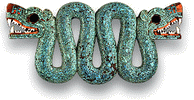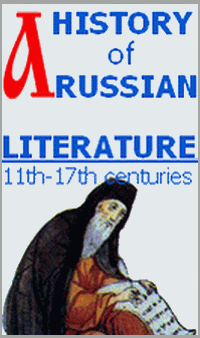Prehispanic mesoamericans were highly effective dentists
Category: News reportsINAH, March 30, 2009. Studies performed on 2,500 pieces of the Mutilated Teeth Collection reveal that Mesoamerican cultures had advanced techniques to alter their dentures for cultural purposes, which can be considered a Prehispanic fashion trend. Carvings, notches, perforations and precious stone incrustations on dental pieces with an age up to 2,500 years are some of the modifications performed with precision tools during the Prehispanic period.
Investigations conducted by National Institute of Anthropology and History (INAH) physical anthropologists, as well as specialized dental surgeons reveal that alterations were not exclusive of a particular culture, informed Jose Concepcion Jimenez, researcher at the Physical Anthropology Direction (DAF). “Apparently, most Mesoamerican population used these alterations for esthetic and ornamental reasons, a Prehispanic fashion not used by nobility, according to registers”, commented the specialist on regard of analyses’ results performed to dental mutilation samples. The Dental Collection is part of the Physical Anthropology Osteological Heap, in custody of INAH, which catalogue began to be gathered in 1900, when Dr Nicolas Leon detected in some dental pieces what he considered were pathologic abnormalities. Pieces come from findings in Mexico Valley and Maya zones. There are also teeth in skulls and mandibles from Michoacan, Paquime, San Luis Potosi and Veracruz.
From its creation in 1939, the Institute took in charge the first 50 pieces gathered by Leon, and anthropologist Javier Romero Molina was who, in 1954, classified the conjunct stored in special conditions at the National Museum of Anthropology (MNA). Classification is still valid and it is used all over the American Continent. Classification is open: depending on each piece’s features, a letter and number is assigned according to register parameters. Origin, type of modifications, degenerative pathology or natural wear-out of pieces are registered.
“It has not been determined if modifications were done during rituals; experts use the “Prehispanic drill” concept, which consisted in a sharp, hard stone like obsidian, with specific measures, able of perforating bones”. Other elements that confirm the high level of Mesoamerican cultures’ knowledge are the use anesthetic beverages and adhesives to glue on jewels. The highly effective adhesive was probably made out of natural resins such as copal, combined with herbs, crushed bone and mineral powder. Most of the stones incrusted remain in place, as in the case of a complete skull found in Chiapa de Corzo, Chiapas that preserves all its dental incrustations.
Jimenez remarked the high level of knowledge of what is known today as Dental Surgery among Prehispanic cultures, reflected in the perfection of perforations and the care put in avoiding contact with the tooth’s pulp, which demonstrates the specialized practice and knowledge regarding dental health.
Source: INAH


